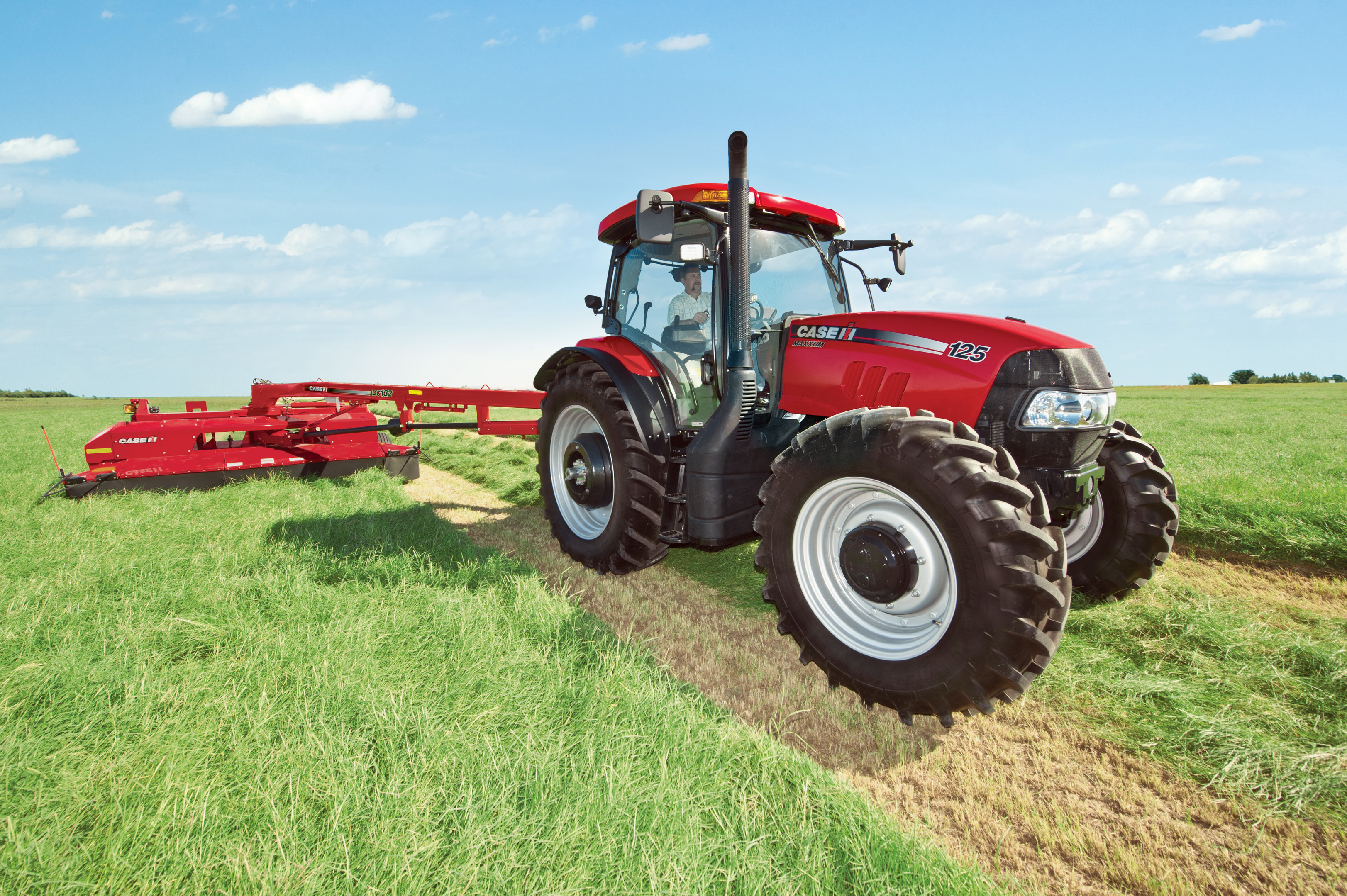Farmers will no longer have to notify Police Scotland of every movement of wide or abnormal machinery, thanks to a new dispensation secured by NFU Scotland.
The red tape surrounding agricultural vehicle movements will become a lot lighter in March.
Rather than having to notify Police Scotland of each individual movement of certain types of machinery, farmers will now be able to notify the policy body once ever 12 months for movements within a 20-mile radius.
To apply, farmers must send an email to abnormalloadseast@scotland.pnn.police.uk with their name, address, and email address.
They must also provide information on vehicle type and registration numbers, as well as width and length of the largest piece of equipment.
Police Scotland has discretion to offer dispensation for a shorter period and it may choose to apply individual restrictions on farmers including not going on certain roads and avoiding travelling at certain times of the day.
“The new dispensation system will allow farmers to notify Police Scotland of their machinery and movements via email,” said NFU Scotland’s legal and technical policy manager, Gemma Thomson.
“We recognise that vehicle movements outside the agreed radius would require to be covered by an individual movement notification. However, this approach ensures that under most circumstances members can easily comply with policy, as well as reducing the time spent by Police Scotland in dealing with applications.”
Police Scotland’s head of road policing, Chief Superintendent Iain Murray, said: “This new way of working will give us the opportunity to authorise movement of the abnormal loads with any restrictions necessary; give suitable advice to farmers; encourage compliance with road traffic legislation and have a positive impact on road safety by making the use of the roads safer.”
